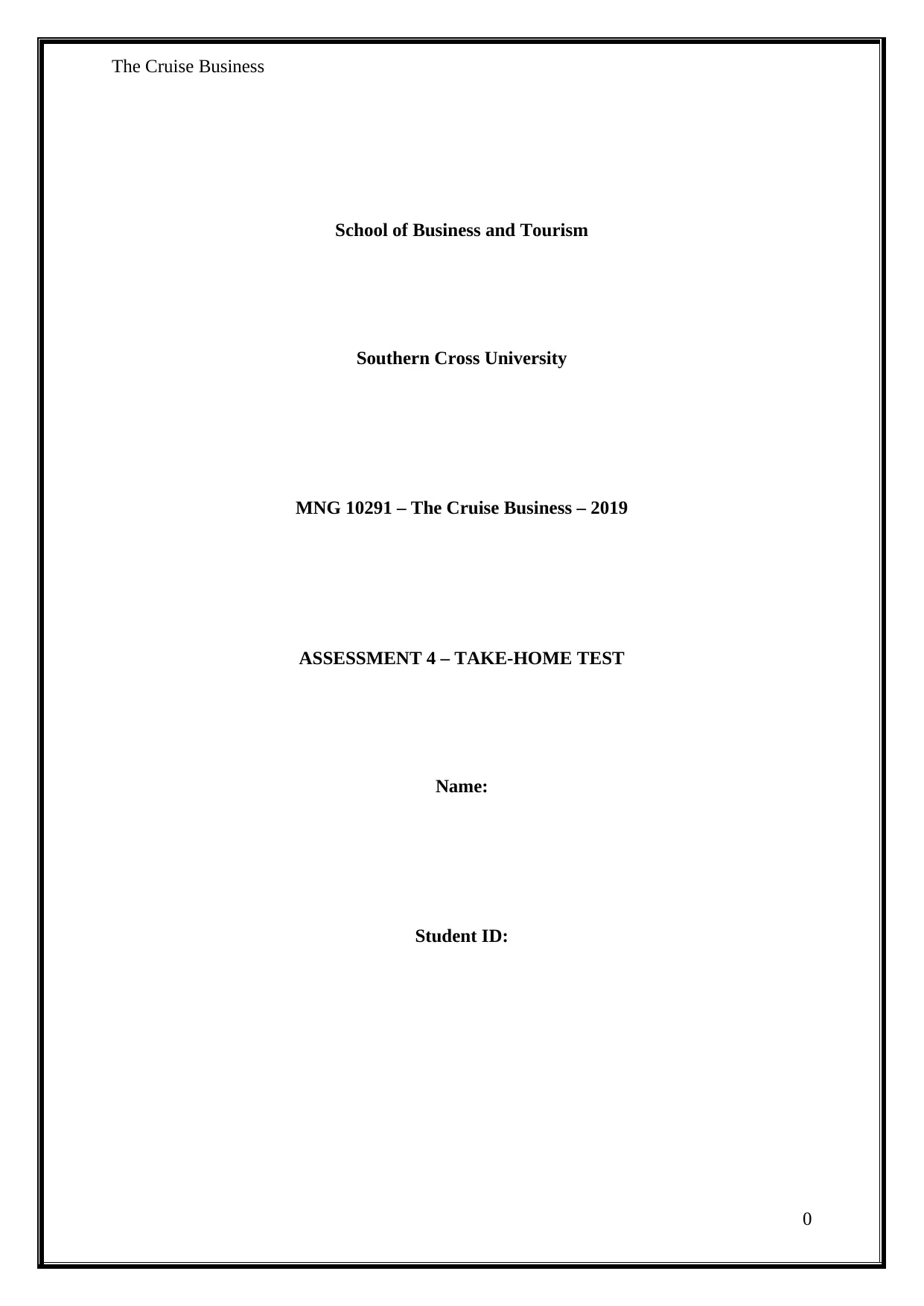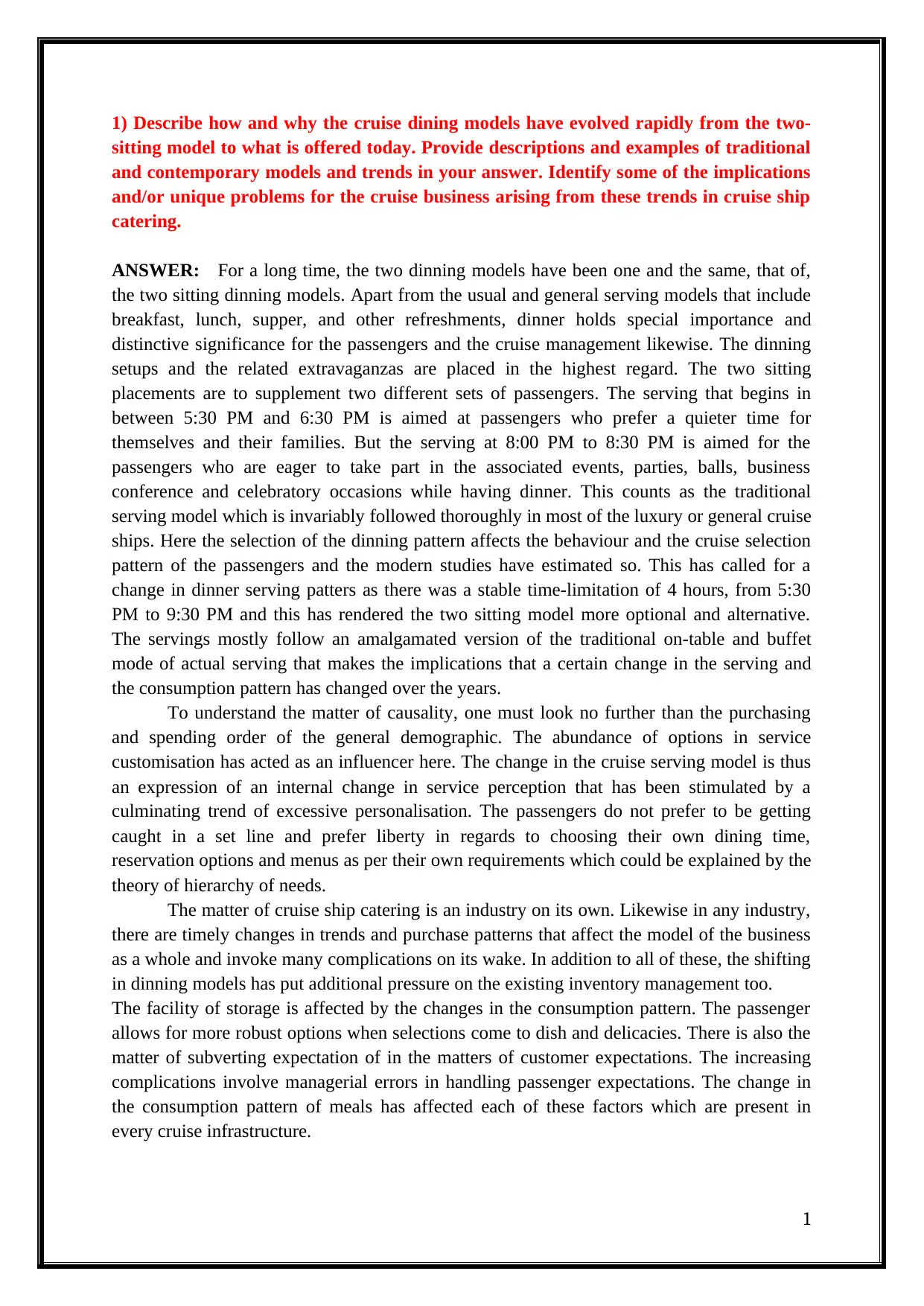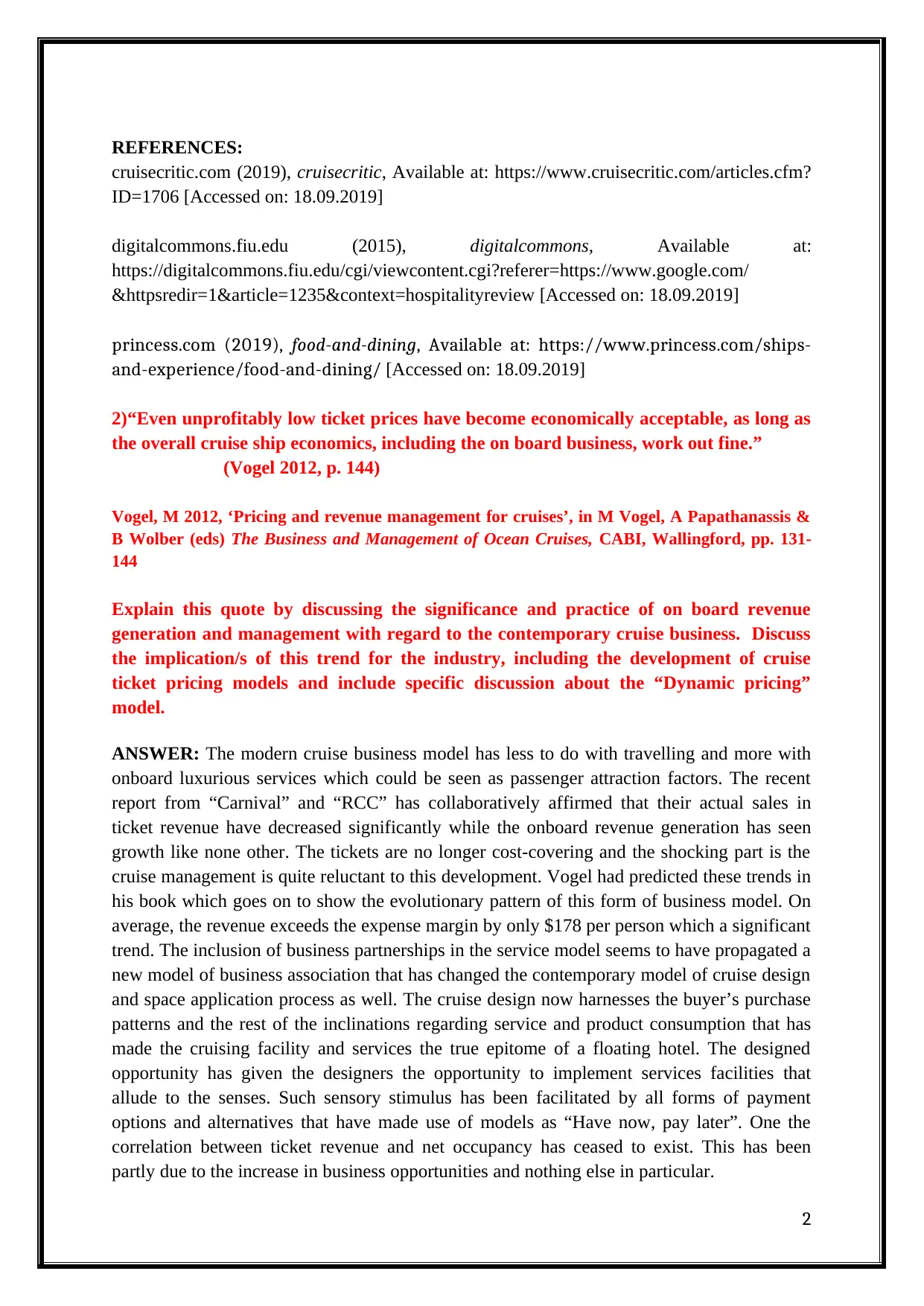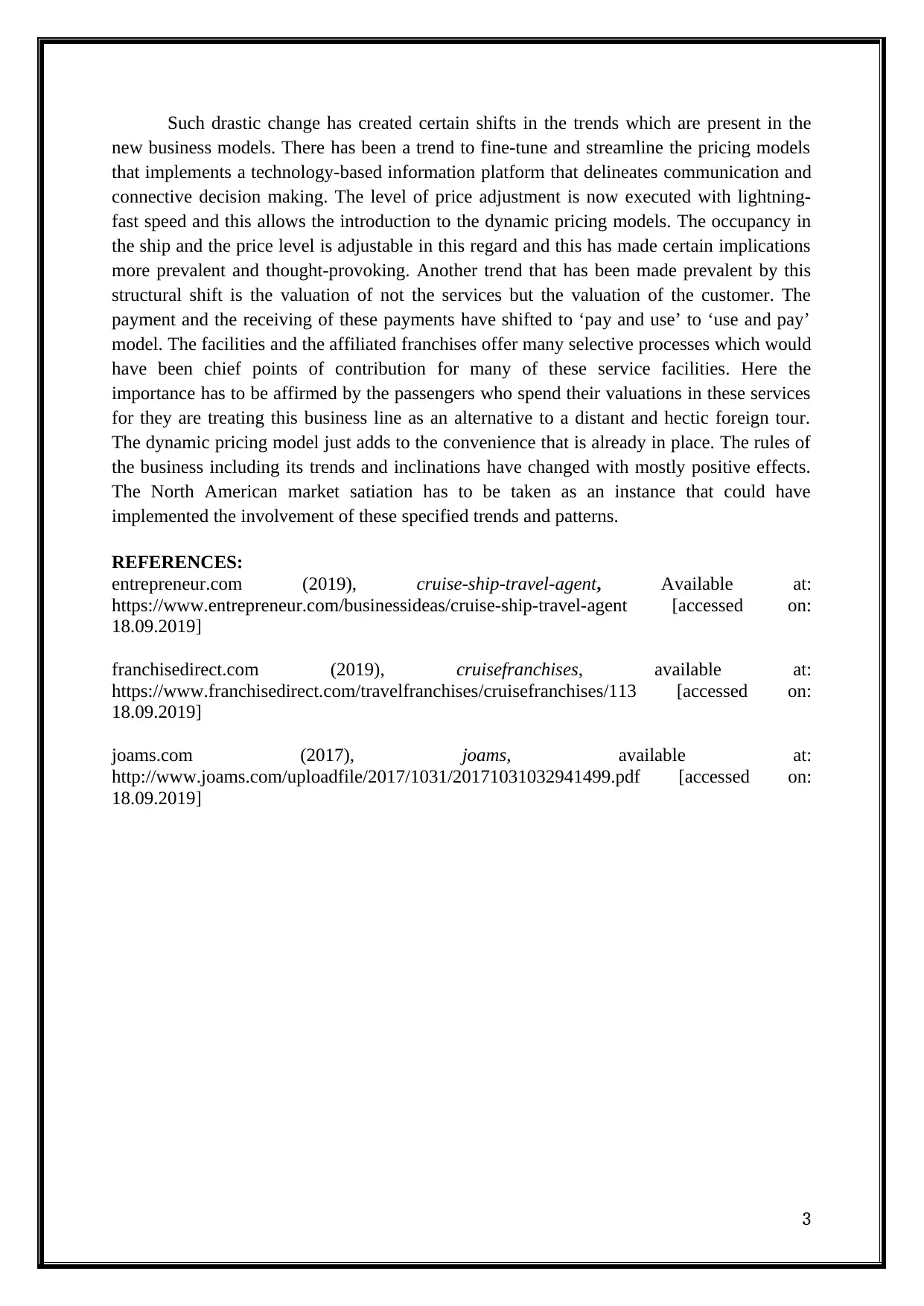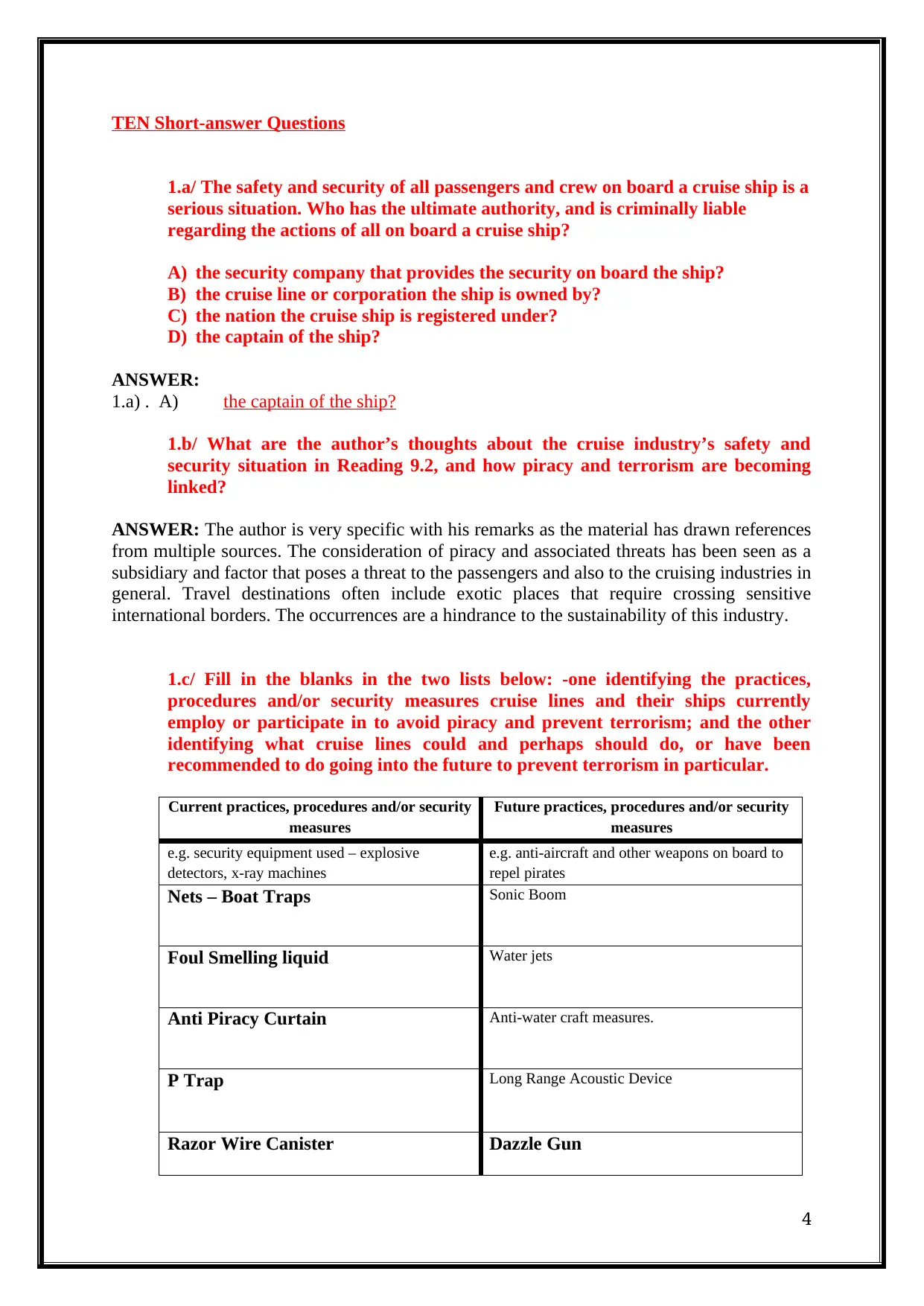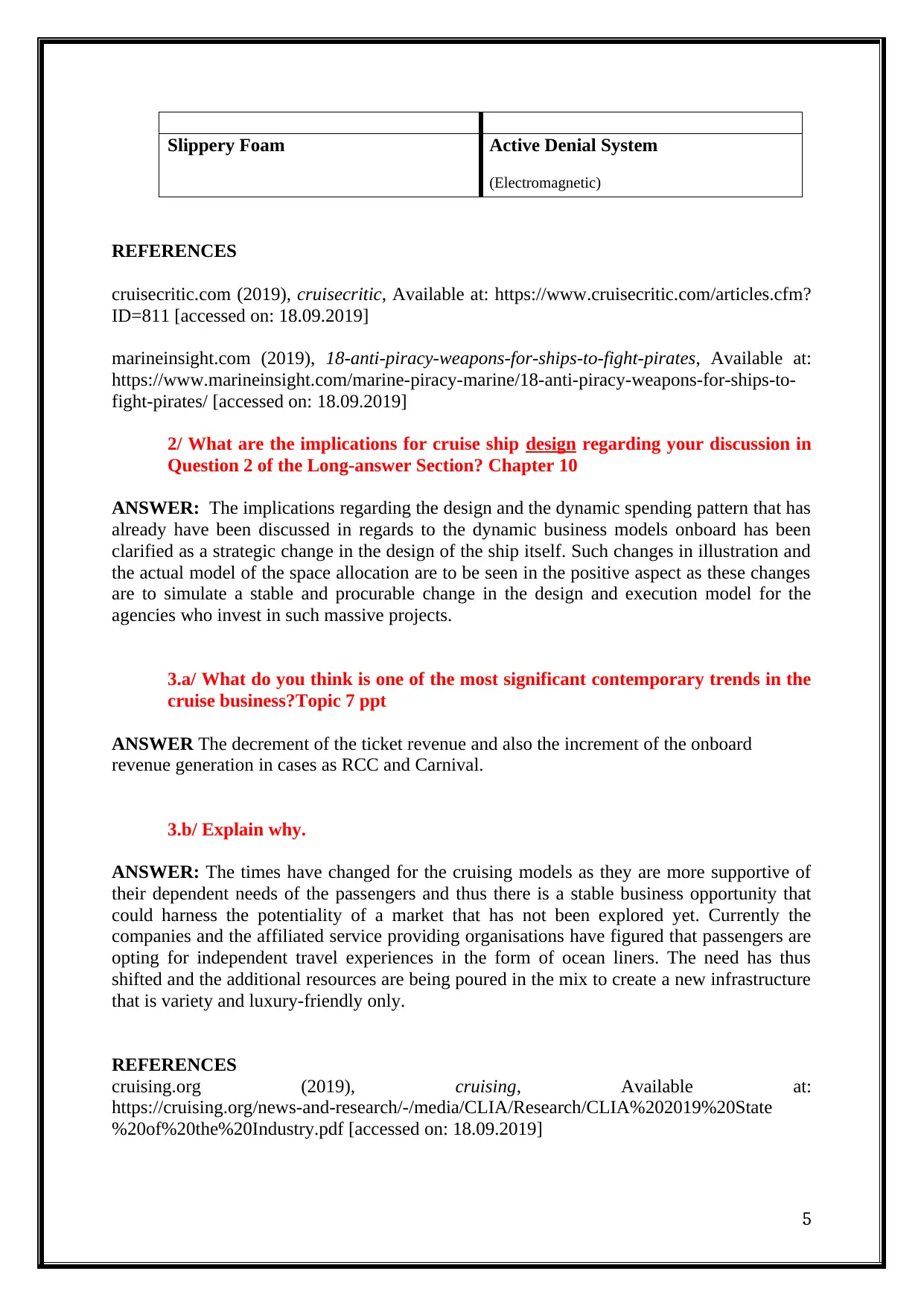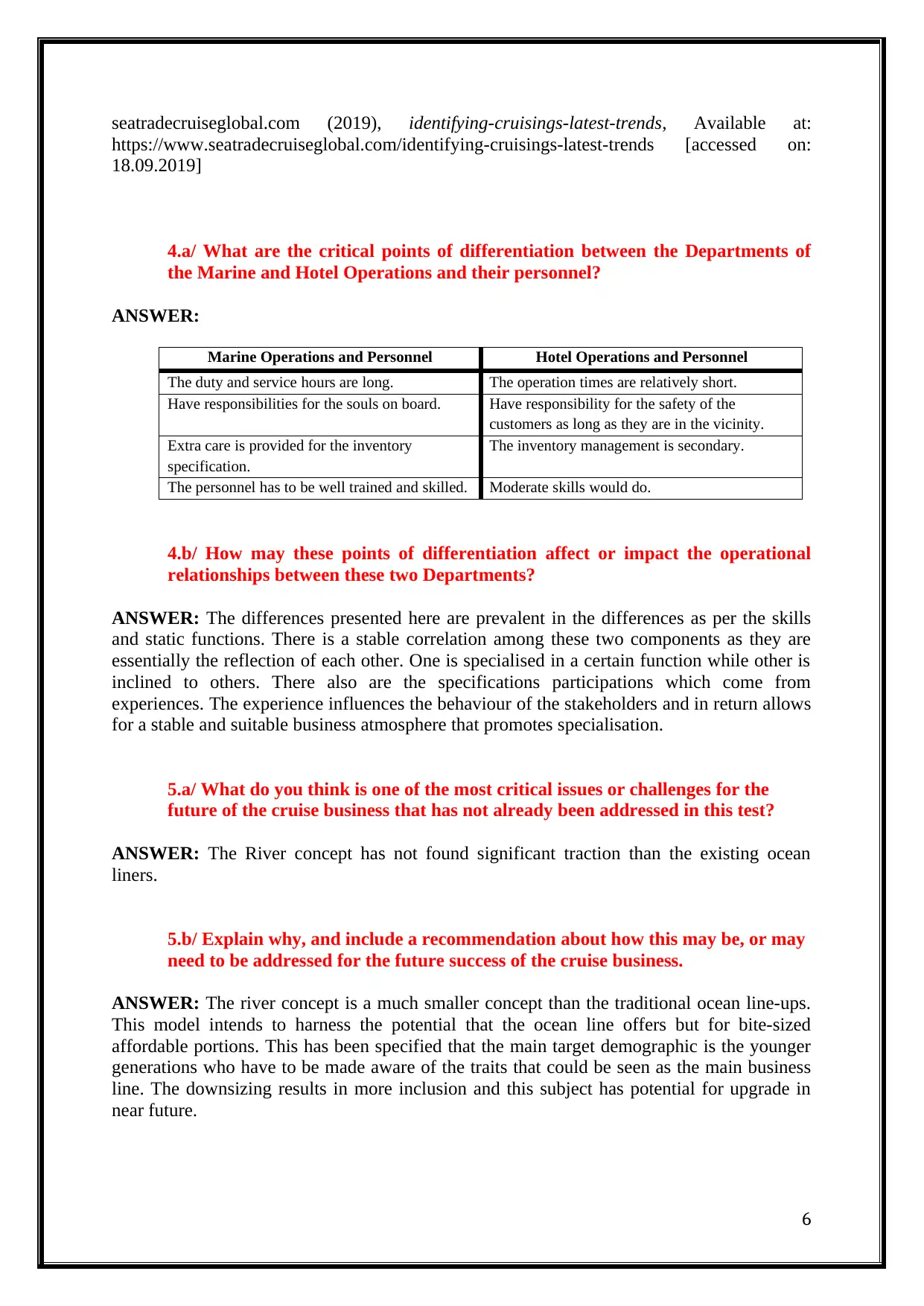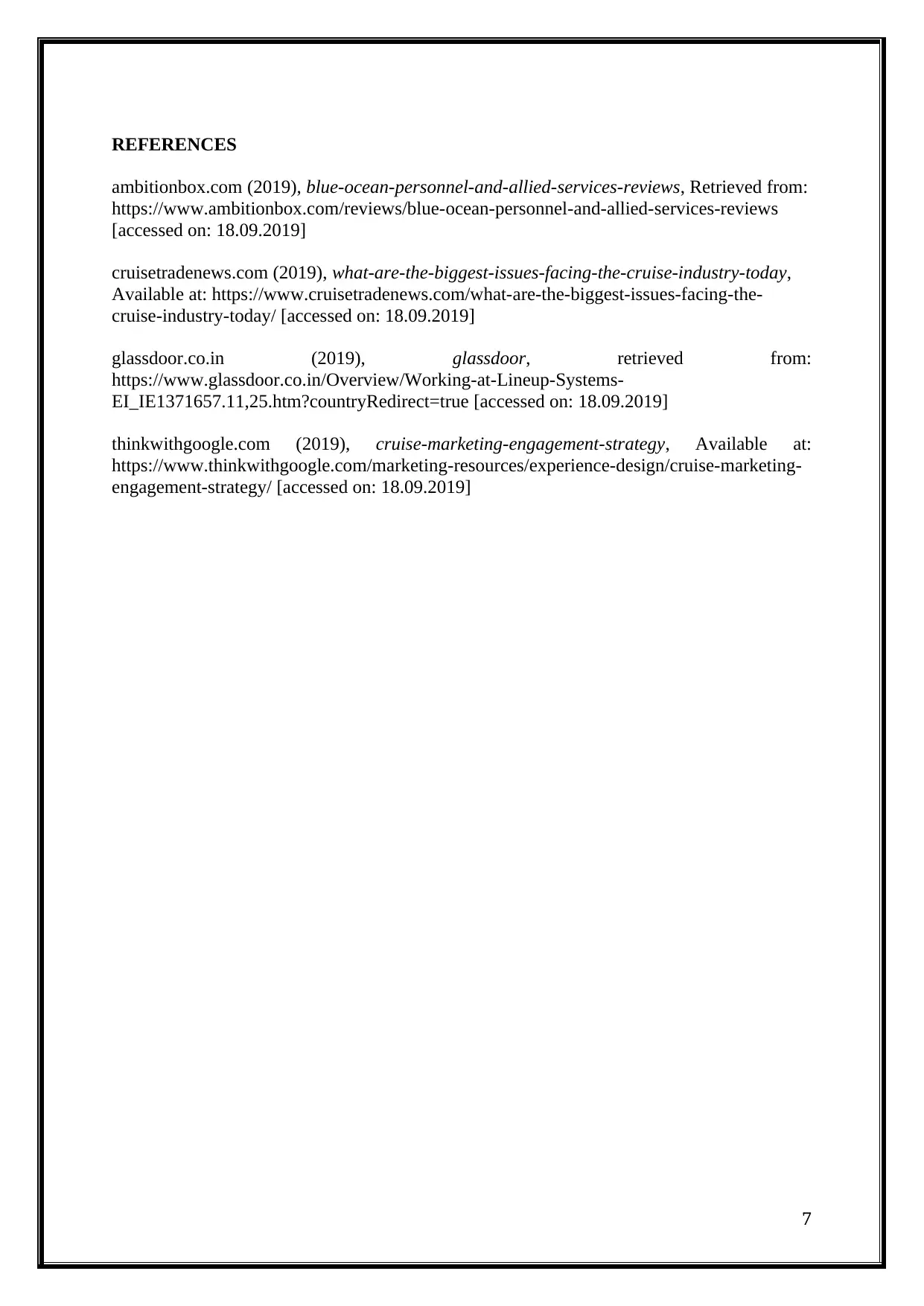TAKE-HOME TEST Submit your typed answers as one single word document via Turn-It-In Assessment 4 Portal below (when it appears). The Instruction and Question Document will appear here when released. Copy the questions into your word document, presenting answers below each question (or use the word document provided). Late submissions will not be accepted (without verified and approved Special Consideration applications made through Student Services) [Check the Assessment 4 Review slides and recording for information about how to approach and structure your answers for this assignment, however instructions are also included below] INSTRUCTIONS for Long-answer Questions (two Questions worth 10 marks each – see Marking Criteria Table at end of Instructions) You are required to answer both of the 2 Long-answer Questions. Each answer should be between 500 to 550 words in length (anything beyond 550 words will not be included in the marking). It is expected you will source your
![[object Object]](/_next/static/media/star-bottom.7253800d.svg)
![[object Object]](/_next/static/media/star-bottom.7253800d.svg)
